

Hair oil treatment is known for ages, hair care method, that travelled to us from India. Indian women were the one who used natural oils obtained from regional plants to provide hair with strengthening, gloss and health. Today, hair oil treatment spread to all continents.
First encounter with oils can be quite surprising. These have entirely different consistency than well known hair conditioners or hair masks. Oils do not foam, mostly have greasy formula and are absorbed by hair. It seems unclear, whether to rinse oil or maybe think of it as a finishing product for stylisation. We will help you with all that.
Obviously, properties of hair oils depend on the oil type (the plant used for extraction), additional ingredients present in the product and method of hair oil treatment you choose. It all influences the action and properties of given oil.
(1) Oils for low porosity hair, which are healthy and require mostly protection. These oils contain larger amount of saturated fatty acids than other types. They perfectly match sealed hair cuticles, due to small size of their particles. Example of saturated hair oil is coconut oil, that in great way smoothers and conditions low porosity hair. Similar action hold also all hair butters.
(2) Oils for medium porosity hair are these, which in the composition have the vast amount of monounsaturated fatty acids. Medium porosity hair have a bit raised cuticles, where fit perfectly larger particles of monounsaturated oils, like sweet almond oil, rapeseed oil or macadamia oil. Their main task is protection, but also strengthening and condition improvement of weak hair.
(3) Oils for high porosity hair, which require greater attention, are all oils with high content of polyunsaturated fatty acids. Hair cuticles of damaged hair are always open to the maximum, so they need oils with large particles to seal hair structure. Such oils are among many argan oil, black seed oil, sunflower oil or grape seed oil. These have intense regenerating and repairing properties.
If you do not know what type are your hair, no worries. Condition of hair can be easily checked by performing HAIR POROSITY TEST. It is best to observe how fast hair are affected by the humidity, e.g. by placing a hair in a glass of water and see how it behaves. High porosity hair absorb water like a sponge, low porosity are rather hard to wet and medium porosity hair are always somewhere in between. If you are not sure about how to determine hair porosity, perform water or coconut test (reaction to coconut oil). You will have clarity.
Below hair oils ranking consists of descriptions of the most popular and the most commonly recommended cosmetics, that are based on natural oils. To the analysis were subjected the composition and directly resulting from it action, but also additional variables, that impact cosmetic's use, such as packaging, scent, consistency or usage.


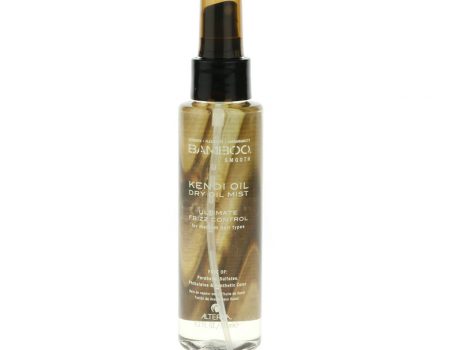

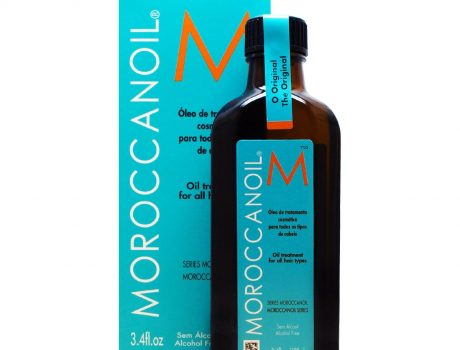

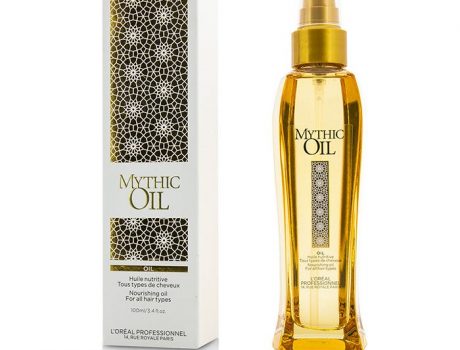

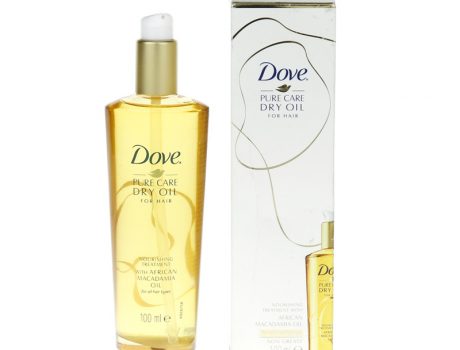

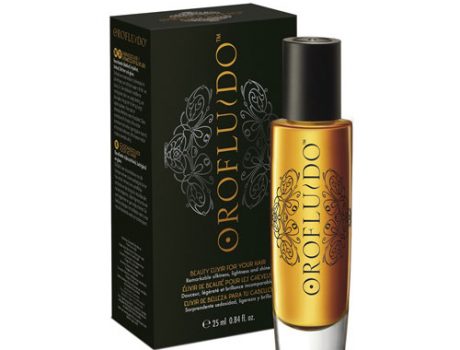

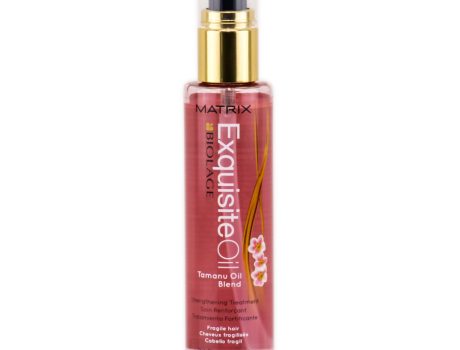

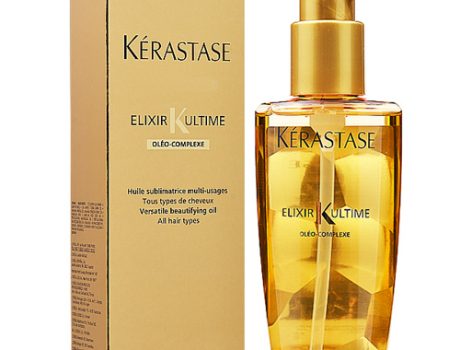

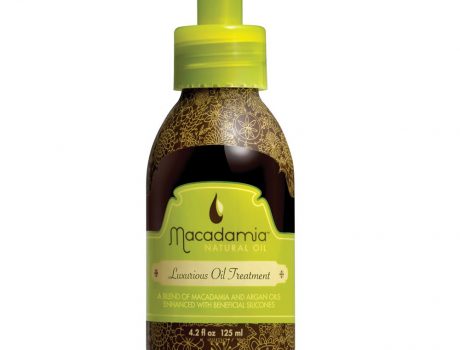

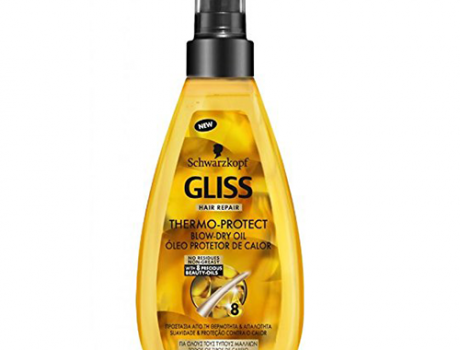

Applying oil on your hair is quite a challenge, in spite of being seemingly the least complicated conditioning treatment available. Not every manufacturer gives you clear directions concerning the possibilities of using the given hair oil, and if they do, it is often confusing. Oil use on your hair provides plenty possibilities, which you should be aware of. Dedicate some time to think about the method of applying oil on hair, before you actually start using it. Effects depend on the method you choose. Let's begin!
First technique is HAIR OIL TREATMENT ON WET HAIR, which is believed to be the most effective method. Mostly due to fact that dampness makes it easier for oils to penetrate inner hair structures. Oil absorption is improved, so its action is also more intense. You can wet hair, apply oil, then wash hair as usual. You can also apply oil right after washing your hair and leave it on the damp strands to absorb.
The benefits of hair oil treatment on wet hair:
Another well known method of hair care is HAIR OIL TREATMENT ON DRY HAIR. Most women are more keen on using this method, in spite of it providing not so deep nourishment. It is more difficult for oils to penetrate hair devoid of dampness, so its action is superficial. You can apply oil on dry and unwashed hair to, e.g. leave it overnight and wash it in the morning. Hair oiling can be executed also throughout the day to, e.g. refresh the hairstyle.
The benefits of hair oil treatment on dry hair:
The last one of popular methods is HAIR OIL TREATMENT IN THE BOWL. Though it sounds quite funny, it is the technique that women use very often because of its great properties. However, this technique requires some preparation a bit earlier. You will need a bowl, where you will dip the hair and warm water to dilute the oils. Soaking hair in a bowl with oil provides intense and even action.
The benefits of hair oil treatment in the bowl: